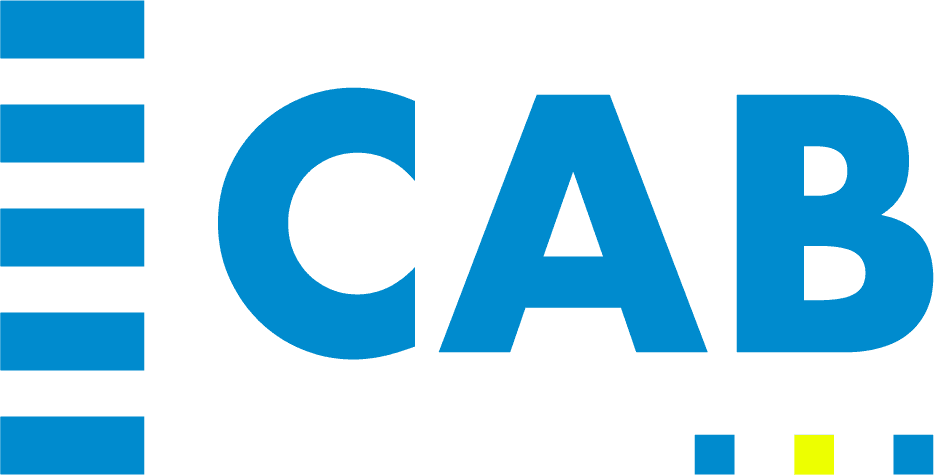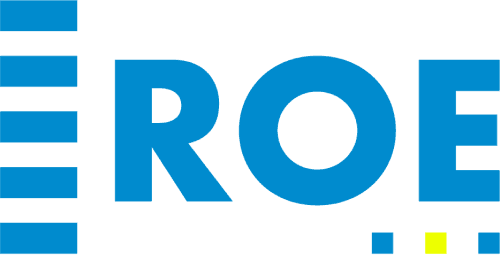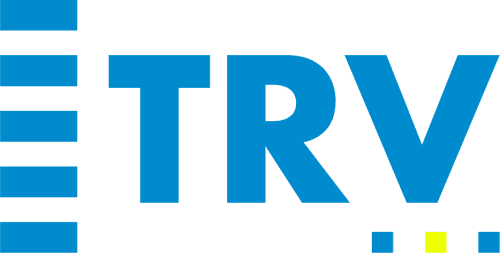
How to Measure Effective Communication in the Workplace
Oct 31, 2025
6 min read
Some teams just flow well. Deadlines don’t sneak up on them, and updates come right when you need them. Is it just luck? No.
It’s communication done right.
People often call it a ‘’soft skill,’’ but it’s actually the essence of performance. When communication works, projects move faster and everyone feels a step ahead instead of chasing loose ends.
So, how do you know if your team’s communication is actually working? No, you don’t have to count emails or Slack messages. What you need to do is monitor the speed and clarity at which things are happening.
How quickly do people understand things? How do they move together? These answers reveal it all.
Why Communication Matters
If you look at it from a numbers standpoint, it’s easy to see why communication matters. Project.co’s report shows that 63% of people waste time at work due to communication issues. Around 43% have experienced stress and burnout because of the same reason.
But it’s not just about numbers.
Think about the last time a project went sideways. Chances are, it wasn’t because the work was too hard; it was because something got lost in translation.
Maybe someone assumed a task was already done. Maybe an update never made it past a crowded inbox. We’ve all been in such situations.
Clear communication matters because it prevents such situations from occurring in the first place. People know exactly what’s expected, who’s handling what, and when things need to happen. Simply put, teams stop tripping over each other.
There’s a reason pilots never skip clarity checks. Every instruction follows a pattern: Who are you? Where are you? What do you want?
It’s a simple structure, but it keeps the flight safe. And it’s just as useful on the ground.
Metrics That Reveal Effective Communication
You can’t improve what you don’t measure, and communication is no different. The trick is knowing what to look for.
These are the four metrics that help you see what’s really happening communication-wise in your team.
Task Completion Speed
Are tasks taking too long? Is it because everyone’s inbox is flowing, or is there a delay in dialogue? Is it because people don’t really know which steps of the task they’re responsible for?
Whatever the reason may be, a slow task completion speed means communication is flawed.
You’re not looking at how much your team talks, but the actual results achieved from those conversations.
Clarity of Roles and Next Steps
Teams lose time when no one’s sure who’s doing what. Clear communication means everyone knows their lane and what success looks like.
Try doing short ‘’next step’’ check-ins after meetings to confirm who owns each task and when it’s due.
Volume vs. Quality of Messages
A full inbox doesn’t equal productivity. Too many messages can actually blur priorities.
Ideally, good communication happens when the quality of the messages is high. The volume doesn’t necessarily matter, as long as it’s enough to convey roles and next steps.
Focus on message quality. Are people sending updates that drive action, or just noise? Fewer, clearer updates usually mean stronger communication.
Engagement Levels
Employee engagement levels have dropped to a historic low of just 31%. That’s bad news, because low engagement often means poor communication.
Pay attention to who’s participating in meetings or giving feedback in surveys. High engagement shows people feel heard and involved.
Silence, on the other hand, can signal that communication has become one-way instead of collaborative.
Signs of Ineffective Communication
You can usually feel when communication isn’t working. The inbox never seems to stop filling up, replies come in hours (or days) later, and half the messages sound like, ‘’Wait, who’s doing this again?’’
Then, meetings multiply, tasks get missed, and before you know it, everyone feels behind.
When communication gets messy, work slows down. It’s not because people aren’t trying, but because no one’s sure where things stand.
You’ll see projects stall over small misunderstandings or teams spending more time talking about the work than actually doing it. That’s a red flag.
But as self-development author Brian Tracy reminds us, you can work through these red flags. He says, ‘’Communication is a skill that you can learn. It's like riding a bicycle or typing. If you're willing to work at it, you can rapidly improve the quality of every part of your life.’’
I’d suggest taking a leaf out of aviation’s book.
In aviation, there’s a simple rule: pilots repeat back instructions to confirm they heard correctly.
‘’Tower, cleared for takeoff.’’ ‘’Cleared for takeoff, copy that.’’ It’s such a simple step, but it removes any room for doubt.
Workplaces could use more of that. What if every task or update ended with a quick ‘’Got it. I’ll handle that by Friday.’’ Small confirmations like that can keep things smooth.
Practical Tools to Measure Communication
So how do you actually measure communication without turning it into another spreadsheet exercise? It’s easier than it sounds.
Feedback Surveys
Start with your people. Ask them directly how communication feels…clear or confusing, too much or too little. Sometimes one honest comment can highlight what numbers never could.
Project Management Dashboards
Your task board tells a story. If handoffs drag or tasks sit in the ‘’in progress’’ tab forever, there’s likely a gap in communication.
Look for patterns: are certain projects always behind? Do tasks bounce between teammates? That data helps you spot where you need to focus for improvement.
Meeting Effectiveness Tracking
We’ve all been in meetings that could’ve been an email. In fact, 40% of employees say that their companies can improve collaboration by cutting back on meetings.
So, having more meetings isn’t automatically a feat. Track their outcomes, too.
Did decisions get made? Were the next steps clear? If meetings run long and end with confusion, that’s your cue to tighten up how updates and action items are shared.
Inbox or Slack Analytics
Tools like Slack analytics or email response tracking show how quickly messages get answered (or ignored). Slow replies can point to bottlenecks or message overload. A quick scan of those numbers helps you see if communication is actually helping the work move forward.
Where Communication Clicks
Effective communication simply means that every message counts. You’ll notice it in smoother projects, calmer days, and teammates who actually trust the process.
Here’s the real test: if your team feels ahead instead of racing to catch up, you’re communicating well. Good job!
Sources
Project.co: ‘’Communication Statistics 2025.’’ Accessed 10/10/2025.
Gallup: ‘’U.S. Employee Engagement Sinks to 10-Year Low.’’ Accessed 10/10/2025.
Miro: ‘’Report: How workers really feel about meetings.’’ Accessed 10/10/2025.

Article by
Founder, Think Like a Pilot & GBM6
Bobby Dutton is a professional speaker, entrepreneur, and philanthropist. He's also a licensed commercial pilot and flight instructor -- for fun. Thriving at the intersection of engineering and art, Dutton created GrooveBoston in 2004, built on the statement "Music is No Longer a Spectator Sport." His team (now called GBM6) is about making people happy, through legendary events. Bobby's pioneering work on event design has won him awards internationally, and he was voted one of the "Top 25 Young Event Pros to Watch" by Special Events Magazine. After 20+ years of navigating high-stress situations as a business owner and event producer, Bobby found calm in an unlikely place: in the sky. He now teaches these aviation-inspired decision-making tools to thousands through events, keynotes, and workshops.









